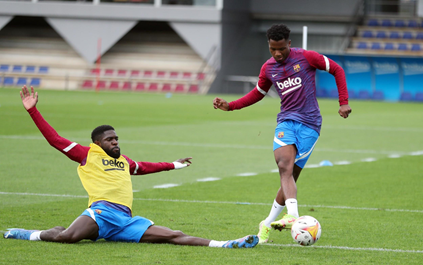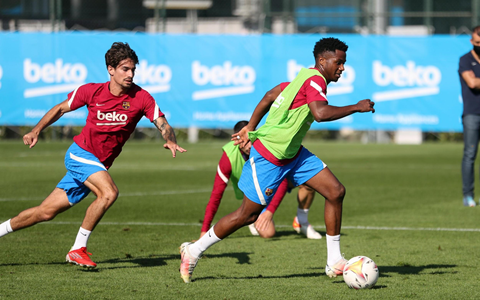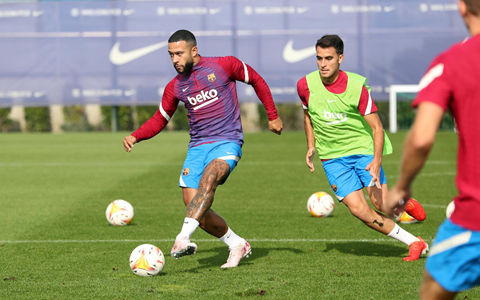Football injuries are generally either acute or cumulative. Acute injuries are “traumatic”, for example, as a result of a fall, blow or collision. Cumulative injuries are those in which repetitive stress on a muscle, joint or connective tissue triggers progressively worsening aches, pain and physical impairment. Knowing how and why football injuries occur is the first step to preventing them. Today we will review the most common injuries such as to the knee, the ankle and the hamstring.

Knee Injuries
Injuries to the knee are among the most common in football as the nature of the sport involves a lot of kicking, as well as fast actions such as stopping and shifting directions quickly. These explosive, spontaneous movements place extreme rotational stress on the knees as well as the ligaments that support them. When the stress exceeds the limitation of a ligament, it can cause a sprain or tear in the knee joint.
The most common knee injury is specifically to the ACL (anterior cruciate ligament). It is the ligament that provides most of the knee’s stabilisation. When a sudden change in movement is made – speeding up or slowing down too quickly – this can strain the ligament. Movements which are severe enough to tear the ligament then can lead to swelling and a lack of stability. The best way to treat an ACL injury is by resting and icing the area. It is important to allow the tear to heal completely before returning to play. A severe or more complete tear may require surgery, months of rest and physical therapy for total healing.

Ankle Sprains
A sprained ankle is also one of the most common injuries for male football players. There are different types of sprains, but they are mostly caused by a sudden stop or change of direction, causing the ankle to twist, or when a player kicks the ball with the top of their foot. A medial ankle sprain (inside the ankle) can occur when the toes are turned out while the foot is flexed upward.
To treat an ankle sprain, we can follow the RICE protocol: rest, ice, compression and elevate. It is good to note that if it has not healed completely the ankle is prone to re-sprains, so returning to play after an ankle sprain should be monitored carefully.
Hamstring Injury
Hamstring strains are very common in football. They involve the three back muscles of the thigh and can range from a minor strain to a total rupture. Continuous running, sprinting and stopping movements in soccer can lead to hamstring injuries.
Although hamstring strains can be very painful, they rarely require surgery. We can also follow the RICE protocol (rest, ice, compression and elevation) to treat a hamstring injury. Other adjuncts to treatment include NSAID’s, crutches and physical therapy. However, the expertise of a sports doctor or physical therapist can be vital to the successful rehabilitation of the hamstring injury.

Even though treating injuries is very important, attention and time should be dedicated to preventing them. For example, through proper conditioning we can reduce injuries. Proper stretching, warm-ups and cooldowns are vital. Other external factors to consider should be such as:
- reduce injuries by properly maintaining the field,
- reduce injuries by wearing proper shin guards and
- reduce injuries from goal post collisions.
Learn more about prevention and management of injuries and get a certificate in the program: Professional Diploma in Team Sports Injuries.
KNOW MORE
CATEGORY: MARKETING, COMMUNICATION AND MANAGEMENT
This model looks to the future with the requirements and demands of a new era of stadiums, directed toward improving and fulfilling the experiences of fans and spectators, remembering “feeling” and “passion” when designing their business model.
CATEGORY: FOOTBALL SPORTS PERFORMANCE
Through the use of computer vision we can identify some shortcomings in the body orientation of players in different game situations.
CATEGORY: MEDICINE HEALTH AND WELLNESS
A health check must detect situations which, despite not showing obvious symptoms, may endanger athletes subject to the highest demands.
CATEGORY: FOOTBALL TEAM SPORTS
In the words of Johan Cruyff, “Players, in reality, have the ball for 3 minutes, on average. So, the most important thing is: what do you do during those 87 minutes when you do not have the ball? That is what determines whether you’re a good player or not.”
CATEGORY: MEDICINE HEALTH AND WELLNESS SPORTS PERFORMANCE
Muscle injuries account for more than 30% of all injuries in sports like soccer. Their significance is therefore enormous in terms of training sessions and lost game time.
DO YOU WANT TO KNOW MORE?
- SUBSCRIBE
- CONTACT
- APPLY
KEEP UP TO DATE WITH OUR NEWS
Do you have any questions about Barça Universitas?
- Startup
- Research Center
- Corporate